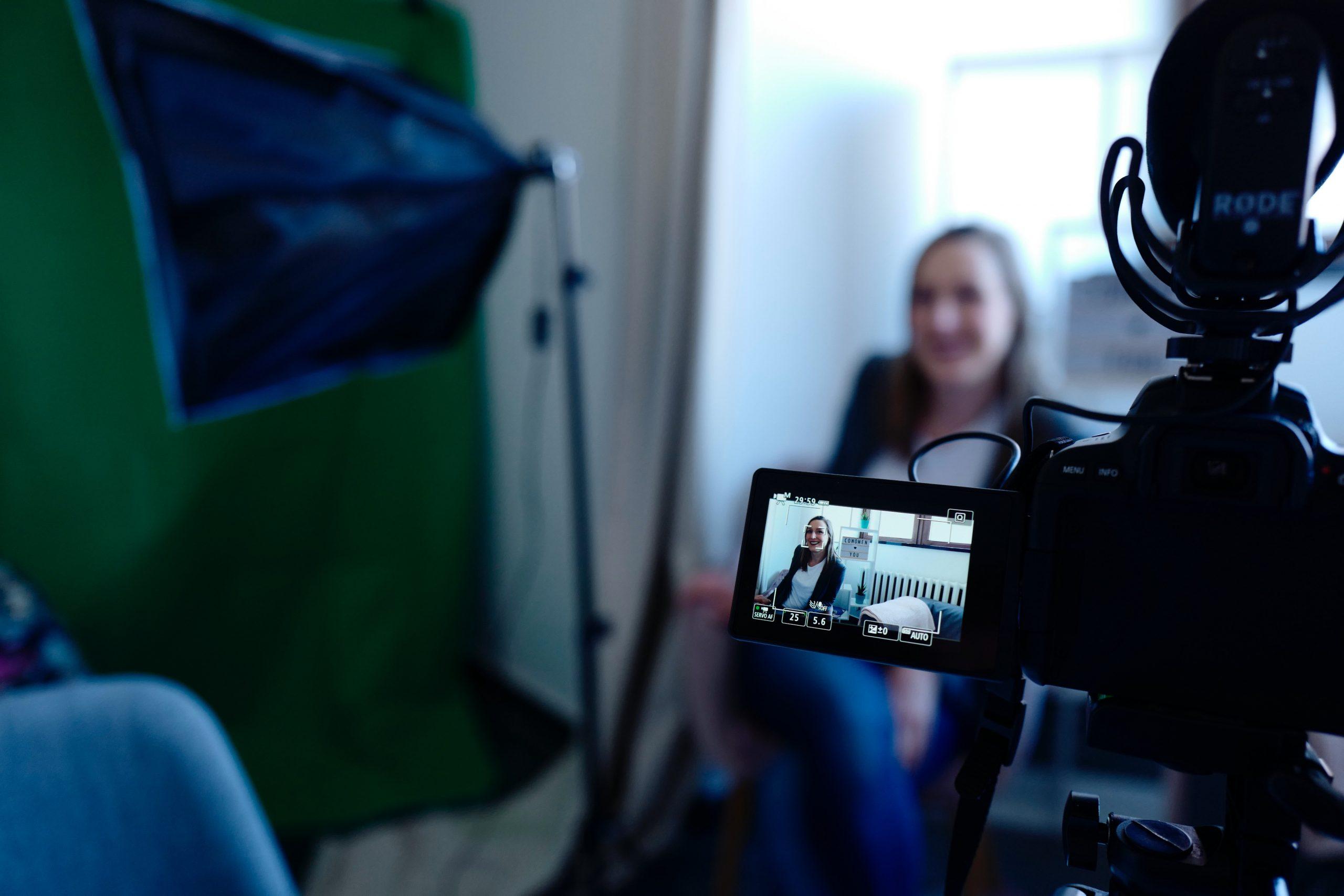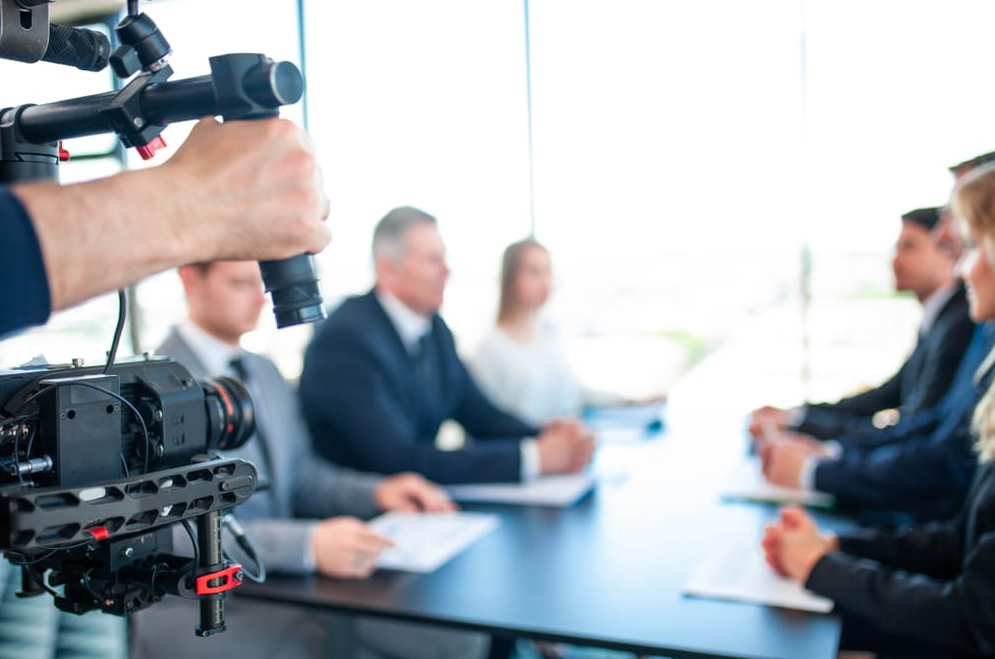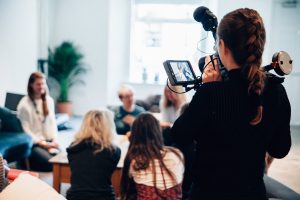The Duty of Lawful Videography in Depositions and Tests
Legal videography has become a necessary tool in both depositions and tests, providing a complex approach to recording witness statements. By catching not only the spoken word but also the nuances of non-verbal interaction, this medium boosts the trustworthiness of testimonies and protects vital evidence for future process (legal videography). As lawyers increasingly identify its value, it motivates a much deeper evaluation of just how these aesthetic records can affect juror perceptions and test results. What implications might these growths hold for the future of lawful method?

Value of Lawful Videography
Legal videography plays a crucial role in the paperwork and discussion of depositions and tests. This specific area combines technological abilities with legal understanding to produce a trustworthy document of proceedings that can substantially affect case outcomes. The appearance of lawful videography enhances the understanding of witness testament, permitting jurors and courts to observe not only the spoken words however additionally the behavior, feelings, and body language of the witnesses.
In enhancement, lawful videography provides an objective account of events, minimizing the possibility for misinterpretation that can take place with written transcripts alone. This aesthetic documents functions as an essential tool during test discussions, promoting a more clear and even more convincing narrative for both plaintiffs and defendants. Furthermore, the capacity to replay video clip sectors throughout court process makes it possible for lawful teams to emphasize bottom lines, strengthening their debates properly.
The relevance of lawful videography prolongs beyond the court room; it additionally plays a crucial function in maintaining evidence for future reference, whether for allures or additional lawsuit. Thus, its combination into the lawful process is crucial for making certain a fair and accurate depiction of the truths, inevitably adding to the quest of justice.

Refine of Legal Videography
While recording the nuances of depositions and tests, the procedure of lawful videography involves several important actions that ensure high-quality, accurate recordings. Originally, an expert lawful videographer prepares by assessing the case materials and comprehending the certain requirements of the deposition or test. This preparation includes familiarizing themselves with the individuals and the context, which assists in capturing relevant details.
On the day of the recording, the videographer sets up the needed tools, which typically consists of high-def cameras, microphones, and correct lights. Ensuring optimum angles and audio top quality is crucial, as it directly impacts the performance of the recording. The videographer communicates with lawyers and individuals to establish protocols, guaranteeing that everyone understands the recording procedure.
Throughout the deposition or test, the videographer carefully tape-records the proceedings, paying close attention to both spoken and non-verbal signs. This consists of catching the attitude and responses of witnesses and attorneys. After the session concludes, the videographer may edit the footage for clarity and compliance with legal requirements, creating a final item that properly shows the procedures for future reference and use in lawful contexts.
Advantages in Depositions
The unification of videography in depositions uses various advantages that boost the general process of collecting evidence. One key benefit is the ability to record witness testaments with visual and acoustic fidelity, providing an try these out extra precise depiction of the witness's attitude, tone, and body movement. This multidimensional method enables attorneys and courts to evaluate reputation better than traditional written records alone.
Additionally, videographed depositions act as an effective tool for protecting testimony. Needs to a witness become inaccessible for trial, their videotaped deposition can be played in court, guaranteeing that their proof remains easily accessible and pertinent. This aspect dramatically decreases the threat of losing critical information that might influence case results.

Finally, videography improves the general expertise of the deposition procedure, instilling self-confidence in customers pertaining to the thoroughness of their lawful representation (legal videography). By leveraging modern technology, lawyers can significantly improve the efficiency of depositions
Impact on Tests
In many trials, the assimilation of videography can substantially affect the discussion of evidence and the jury's perception. Lawful videography records witness statements and essential proof in a dynamic layout, permitting jurors to engage with the material on numerous levels. This visual part improves the storytelling aspect of a test, supplying context and emotional vibration that standard text-based evidence might lack.
Moreover, video clip recordings can act as powerful tools for impeachment throughout cross-examination. When discrepancies emerge in between a witness's prior declarations and their courtroom testimony, video clip evidence supplies an objective referral that can sway jurors' point of views. This immediacy and clearness can image source strengthen the credibility of a celebration's narrative while concurrently undermining opposing debates.

Future Trends in Legal Videography
As we look towards the future of lawful videography, numerous arising fads guarantee to reshape its function within the court. One significant pattern is the combination of fabricated knowledge (AI) in video hop over to here clip analysis and editing. AI can improve the procedure of identifying essential moments in recorded depositions, permitting lawyers to swiftly access appropriate web content, thereby boosting performance in situation preparation.
Additionally, the surge of digital truth (VR) and augmented fact (AR) technologies is expected to transform how jurors experience evidence. legal videography. By immersing jurors in a simulated atmosphere, these technologies can give a much more profound understanding of complicated scenarios, bring about even more informed considerations
In addition, the enhancing demand for remote depositions, increased by the COVID-19 pandemic, will likely continue. Lawful videographers will need to adjust to new software and systems to guarantee premium recordings in virtual setups.
Lastly, the expanding emphasis on data safety and security will certainly require more stringent procedures for saving and sharing video proof. As the legal landscape progresses, legal videographers need to remain abreast of these patterns to keep their significance and performance in the judicial process.
Verdict
In summary, legal videography offers a crucial function in the judicial process, boosting the integrity of depositions and trials. As innovation proceeds to progress, lawful videography is positioned to more change its role within the legal landscape.